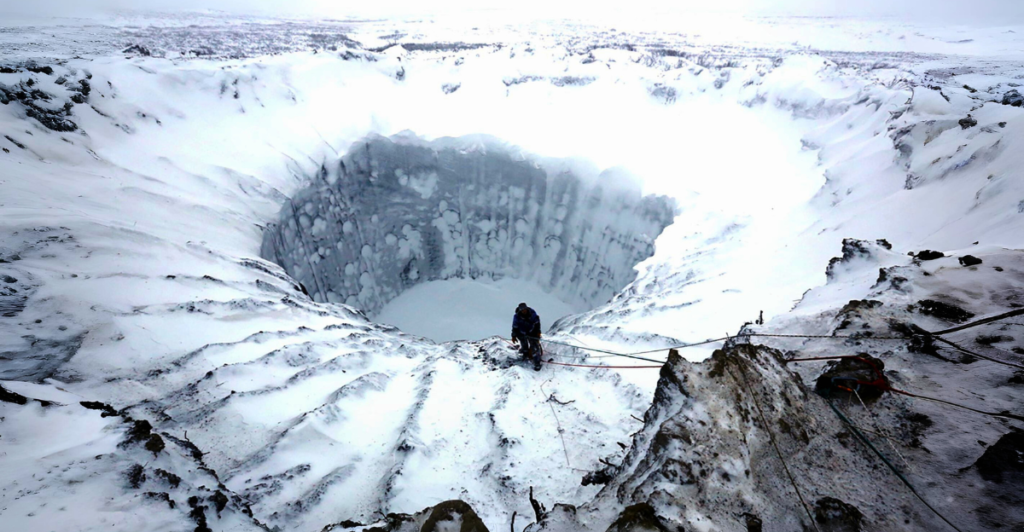
A 165-foot-deep crater recently discovered on Siberia’s Yamal Peninsula — dubbed “Crater 17” — reveals the escalating risks of Arctic methane explosions linked to the thawing permafrost.
Erupted through the destabilized ground by pressurized methane gas, such craters are direct symptoms of a warming Arctic, which is warming twice as fast as the global average.
These explosions release methane, a greenhouse gas 84 times more potent than CO₂ over a 20-year cycle, exacerbating existing climate feedback loops. A film crew discovered the crater, which highlights how quickly these phenomena are developing. Since 2017, over 700 methane “bulges” have been identified in Yamal, suggesting latent explosive potential.
Geological Precedent
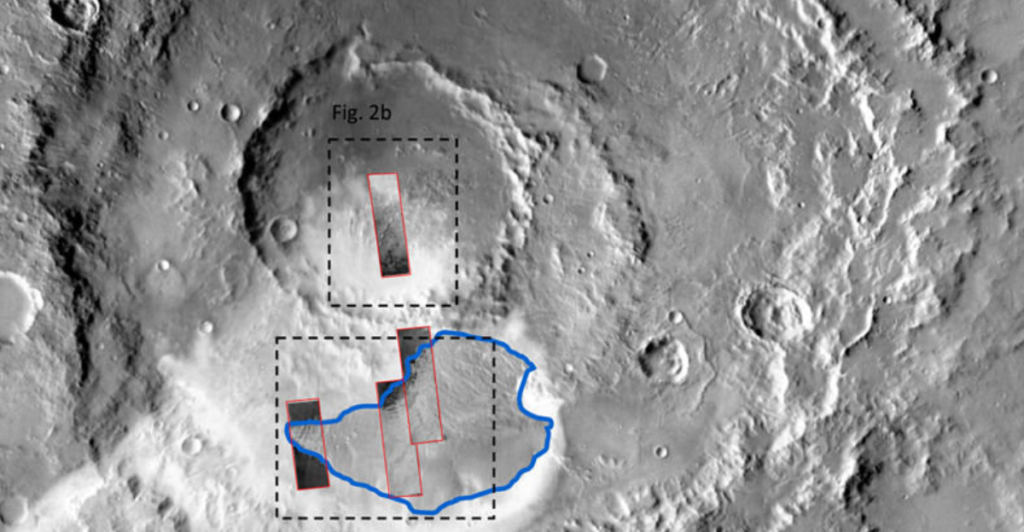
The first major crater emerged in 2014, but the unprecedented size of Crater 17 indicates permafrost degradation is accelerating. Methane hydrates — ice-like structures trapping gas underground — are destabilizing with rising temperatures, forming pressurized pockets.
A 2024 study contends that pressure changes initiated by osmosis in cryopegs (brine-filled permafrost voids) become increasingly explosive, enabling blasts of methane gas to escape. Decades of warming have accelerated this process.
Unlike previous theories, this mechanism explains why craters are concentrated in Yamal’s unique geology, where subsurface salt layers create extreme pressure through their interaction with thawing ice.
The Climate Impact of Methane

The explosions release methane, which amplifies global warming. Permafrost in the Arctic holds 1,400 gigatons of carbon—double the current level of atmospheric CO₂—and its release has the potential to destabilize climate systems.
On the Yamal Peninsula alone, summer wildfires and “zombie fires” (smoldering peat fires that reignite every year) have pushed regional carbon emissions to record highs, with 2024 levels more than a third higher than in 2019.
The short-term potency of methane means that these bursts are critical to near-term climate trajectories and potentially undermine international emission-reduction efforts.
Immediate Threats to Wildlife

The explosions devastate local ecosystems. Herds have become fragmented, food sources have shifted, and migratory tundra caribou populations have already decreased by 65% in 20–30 years.
Craters interfere with migration paths and drain thermokarst lakes, valuable watering holes for animals like reindeer. Methane plumes also produce hypoxic zones, choking soil microbes that sustain Arctic flora and releasing toxic gasses that might poison smaller mammals and birds.
Marine Ecosystems Cascades
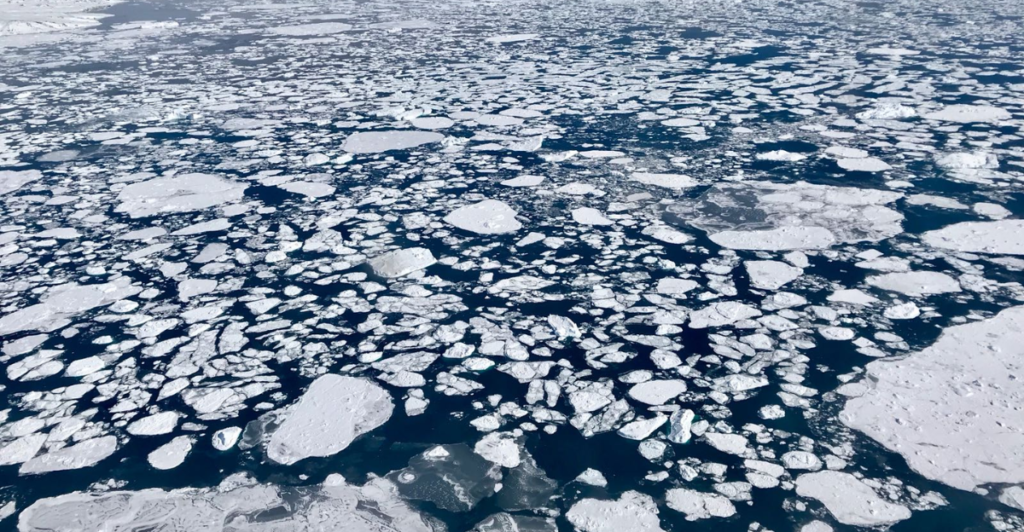
Methane that seeps from submarine permafrost endangers Arctic marine life. Cold seep studies in Svalbard have shown that methane-rich areas are dominated by low-diversity, high-biomass communities dominated by methane-tolerant species such as tube worms.
However, large, sudden releases could raise acidity and drain oxygen, creating dead zones. The Kara and Barents Seas, next to Yamal, contain huge deposits of methane hydrate, and its destabilization could collapse fisheries that are crucial to Indigenous communities.
Infrastructure and Human Risk
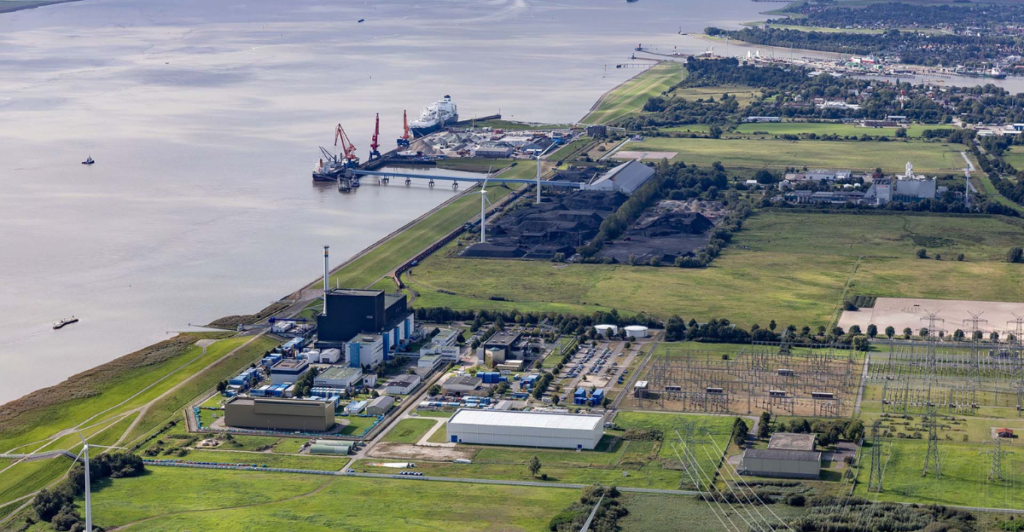
Yamal’s natural gas infrastructure is under existential threat. The region supplies 20% of Europe’s liquefied natural gas, but methane explosions risk pipeline ruptures and well collapses.
In 2022, UAF scientists recorded craters ejecting ice chunks over 300 feet, which could pose direct threats to industrial sites. Melting permafrost has already caused $2.3 billion worth of infrastructure damage in Russia as roads buckle and buildings sink. An explosion at a major gas field could spark ecological as well as economic crises.
Research and Monitoring Gaps
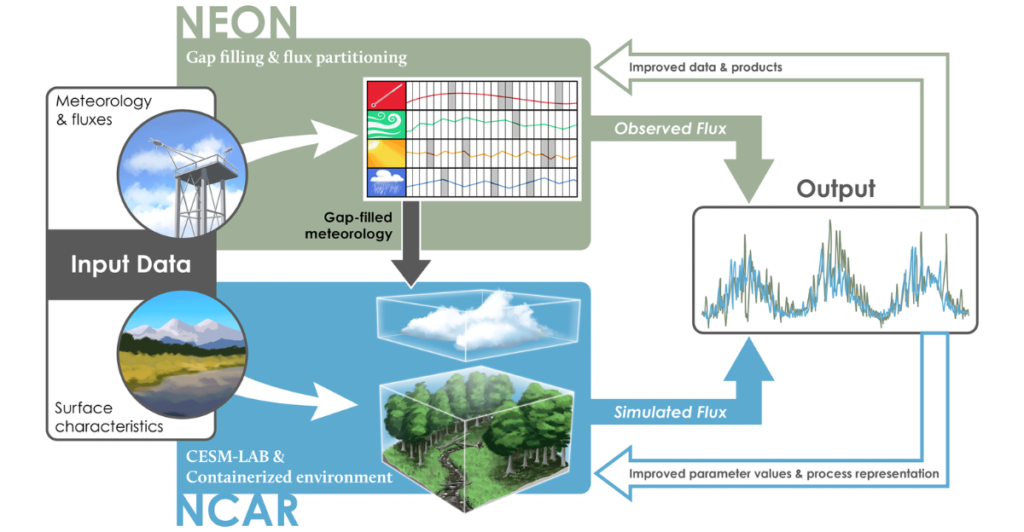
There are just 200 Arctic observation sites tracking carbon fluxes, creating vast data voids. Indigenous ecological knowledge and satellite imaging are crucial: Inuit hunters report thinner ice and erratic animal behavior years before scientific verification.
However, funding for permafrost research remains sparse compared to temperate climate studies. The 2024 Yamal crater study utilized legacy data from the 1980s, highlighting the urgency of real-time monitoring.
Integration of Indigenous Knowledge
The Ittaq Heritage Centre in Canada combines traditional hunting skills with drone mapping to monitor permafrost. Indigenous oral histories describe past methane venting events, providing millennia-scale context for recent craters.
However, insights like these are often missing from top-down climate policies, risking flawed mitigation strategies. Collaborative models, as demonstrated by Svalbard’s community-led seabed surveys, show how integrating local knowledge further increases predictive accuracy.
Hypothetical Scenarios
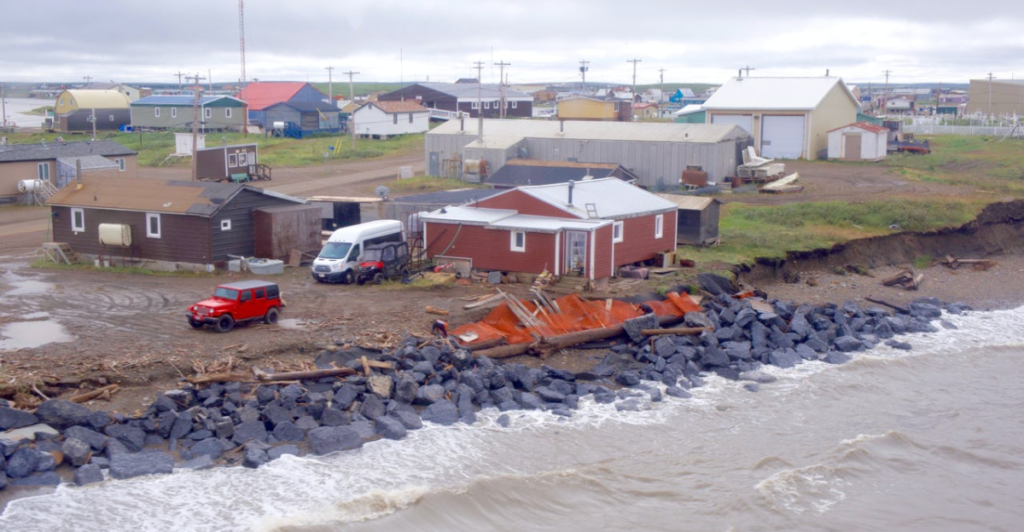
If current trends continue, 30% of Arctic permafrost could thaw by 2100, releasing 50 gigatons of methane—equivalent to 10 years of global CO₂ emissions.
One big crater near the Kara Sea could unleash a plume of methane that changes ocean chemistry for decades, and cascade explosions could make Yamal uninhabitable for caribou by 2040. On the other hand, controlled methane extraction — akin to fracking — could prevent explosions but threatens to disrupt ecosystems even more.
Urgent Action is Needed
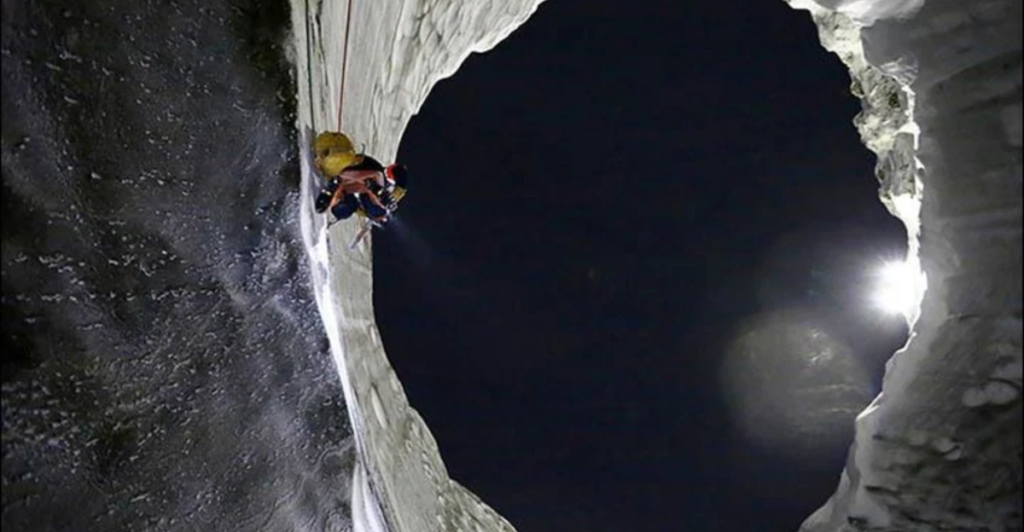
Crater 17 is a bellwether of interconnected climatic and ecological tipping points. Its existence highlights the Arctic’s role as a carbon time bomb, where a release of methane may outmatch human emission cuts.
Wildlife declines, crumbling infrastructure, and marine dead zones on the sea’s surface are not isolated problems but symptoms of a destabilizing cryosphere.
Taking action on this requires merging geoscience and Indigenous stewardship and treating permafrost protection as a global security priority. Without urgent action, Yamal’s craters will proliferate—silent until they explode.
Explore more of our trending stories and hit Follow to keep them coming to your feed!

Don’t miss out on more stories like this! Hit the Follow button at the top of this article to stay updated with the latest news. Share your thoughts in the comments—we’d love to hear from you!







